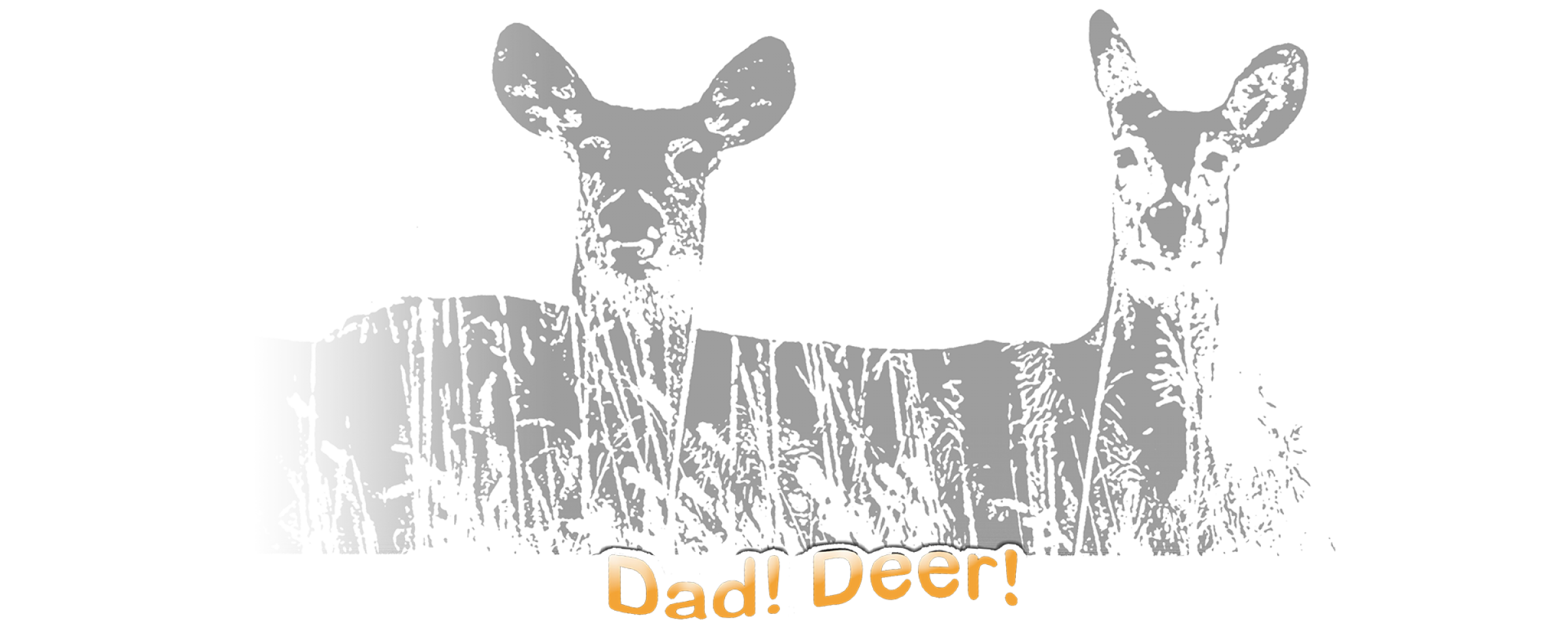
Back Cast
We’re sitting in folding camp chairs in an elevated deer blind somewhere in Burleigh County. The tie-down straps that anchor the free-standing structure hum without pause, reminding us that the wind blows on the Northern Plains more often than not.
We’ve been here before first light. I’ve hunted this land before and know my way around, but hunting from the hard-sided blind is new to us. Getting in the blind, figuring out the door latch and how to open the windows once inside, was a bit of a thing without the flashlight forgotten between the front seats in the vehicle.
My mistake.
It’s the opening weekend of the youth deer gun season. Yesterday, after striking out on a morning sit elsewhere, I got a call from the landowner, offering up his blind that his son shot a doe out of the evening before.
The blind has good karma, I whisper to Jack, as I situate my chair to look south and he slides his closer to a window facing north.
With the sunrise, we begin to get a better look at the landscape. There’s acres of corn, sorghum, knee-high CRP and a shallow wetland caged by cattails. Yet, even from our elevated perch, there is a lot we can’t see, blocked by hills and folds in the land.
The first animal we spot is familiar, yet it remains unfamiliar for a time, simply because it’s seems so out of place. I’ve bumped porcupines a number of times hunting upland birds on the prairie, but to see one slowly lumber out of a sorghum field when we’re thinking, wishing for whitetails, takes some time to register.
I’ve read where a porcupine can spend several days in a single tree, eating bark and whatever else it can reach. Maybe that’s what is on its mind as it heads in the direction of a single tree row some distance from here. At its current pace, which could be described as lackluster, at best, it should make it there by noon.
Watching the porcupine was cool, but we’re over it. Jack started the morning on the edge of his seat, with his rifle leaning nearby, and binoculars glued to his face.
Now, he’s slipped farther back into his seat, his left elbow is propped on the armrest and his chin is resting in his palm. A nap, I’m guessing, is in the making. We need to see deer soon.
I’ve been deer hunting for years and can never get over how deer seemingly show up out of nowhere, no matter how diligently you’ve been paying attention, and disappear just as quickly.
“Dad! Deer!”
In preparation for this moment, we’ve gone over, many times, shot placement, squeezing, not pulling the trigger, and so on. Yet, it hits me that we didn’t talk a lick about shooting from a blind 20 feet off the ground at deer crossing in a depression at 60 yards.
No matter.
With the single shot still ringing in my ears, I slap my son on the back, squeeze his shoulder, and congratulate him on his first deer, a whitetail doe.
We close the windows to the blind, shut the door behind us and take turns making our way down the wooden steps to the ground. Now, with a fistful of whitetail in each hand, Jack poses for some photos. I don’t have to tell him to smile. He’s a happy kid.
Then not so much.
I had my suspicions that he might be allergic to deer. Last season he had a mild reaction while watching me help skin a doe in a friend’s garage. Of course, the antihistamine I packed, just in case, is in the vehicle with the flashlight a quarter-mile from here.
Again, my mistake.
With Jack sitting at a distance in the CRP while I try to be quick about field dressing his deer, he sneezes repeatedly and I ask just as often about his breathing.
When I look up, one eye is swollen in sort of a perpetual wink. He wipes his runny nose with the sleeve of his sweatshirt and smiles.
